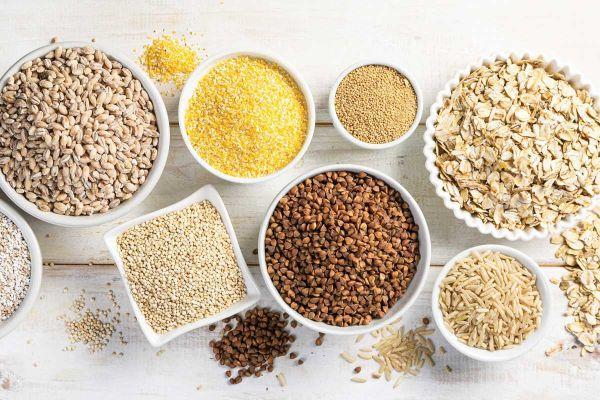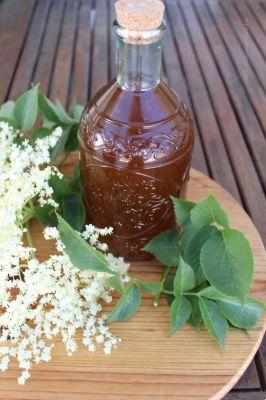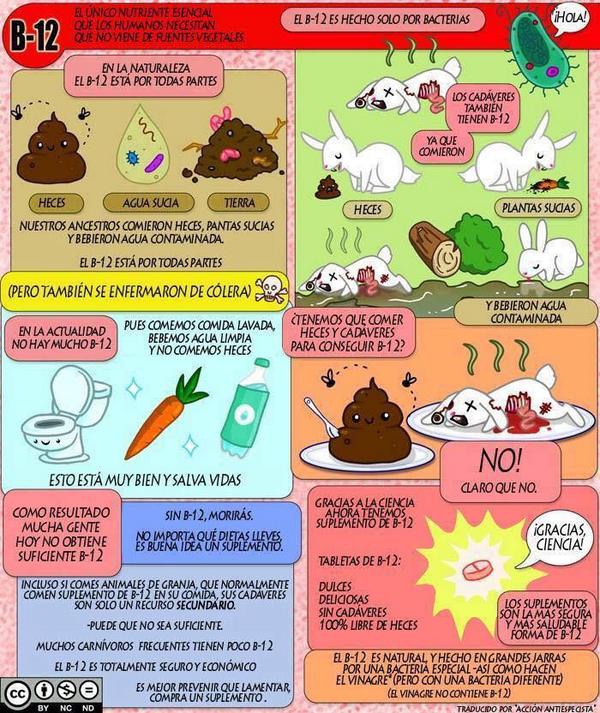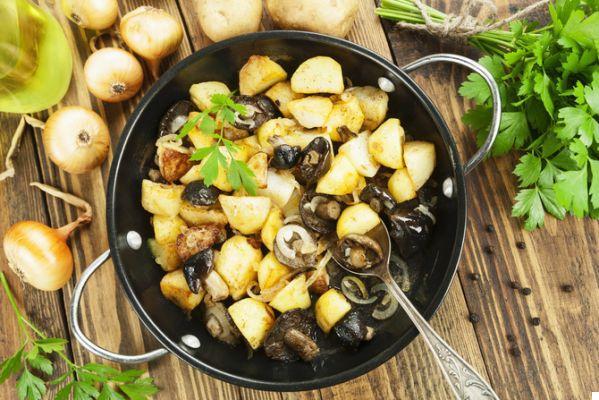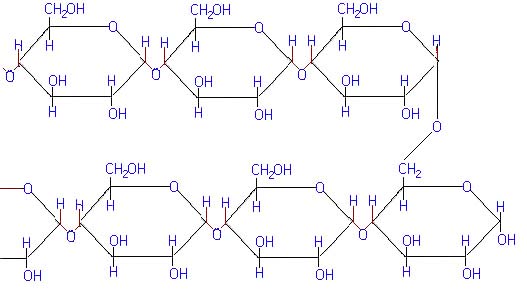Coconut, palm, rice. Refined, raw, integral. In solid or liquid version. In crystals, powder or blocks. In icing or in grains. Today you can choose between dozens of different types of sugar. Some brand new.
"From a nutritional point of view, they are there those that only supply ready-to-use energy and those that also contain complex carbohydrates, a pinch of proteins and fats and, above all, minerals and vitamins ", says the food technologist Giorgio Donegani. «Other differences concern the flavor. According to the raw material used and the production method more or less "pushed", they can only be sweet or have notes of caramel, licorice, beetroot».
BEST FOR ...
"The white granulated coarse grain it is excellent for recipes, such as those of biscuits, in which sugars do not have to dissolve instantly in liquids. That in medium grain (the most used at home) is ok for sweetening hot drinks, ultra fine is good for spoon desserts, creams and shortcrust pastry. That by bike it is ideal for icings, meringues, doughs that must be particularly soft and for decorating cakes. Also there variety in grains it is used to garnish, just think of some typical sweets, such as Easter dove, caramelized choux pastry and Novarini biscuits, to be eaten at tea time ", says the foodblogger Cristina Saglietti, recently selected among the 50 most relevant influencers in the world in the Food and Lifestyle field.
"Lo dark sugar, which is obtained by adding water and invert sugar to the granulated variety, on the other hand, is good for decorating monumental cakes, or those typical of weddings, which are made by cake designers. Finally, it Muscovado brown sugar, both raw and wholemeal, it is suitable for baked products such as brownies and butter biscuits: its moist crystals and caramelized notes give the characteristic “chewy” consistency (soft and a little chewy) to these sweets ».
THAT OF GRAPES? HE IS NOT HEALTHIER THAN OTHERS
It often appears among the ingredients of some foods, for example jams and yogurts, and grape sugar is by consumers often perceived as healthier than the white one.
«Ma It is not so»Explains the doctor Carolina Capriolo, nutrition biologist in Padua. «We are also talking about sugar: a nutrient from which we should derive no more than 10% of daily calories. Whether it's extracted from fruit or beetroot, it makes no difference in terms of calories and nutrients. In conclusion, it is not dietary, it is not suitable for diabetics and it does not bring additional benefits to the body because the quantity of vitamins and minerals of the starting fruit is reduced to almost zero during the processing phases ».
WHAT DOES INVERTED MEAN?
"Inverted sugar is nothing but sucrose (the one we normally use in cooking) partially or totally split into its two components (glucose and fructose) using enzymes or acids, such as citric, and reduced to syrup », explains foodblogger Cristina Saglietti.
What is it for in the kitchen? “It is mostly used in ice cream and pastry shops because it is sweeter than ordinary sugar, it lowers the freezing point and keeps the products moist (the cakes dry out less easily if exposed to the air) », replies the expert. "Furthermore, delays crystallization and for this reason it is ideal in the preparation of icings, jams and fruit in syrup. In the end favors caramelization, therefore it helps to improve the color and taste of some baked products such as croissants ».
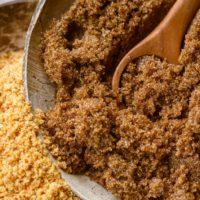
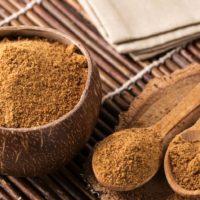
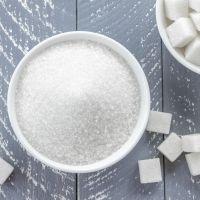
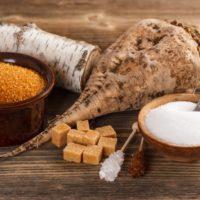
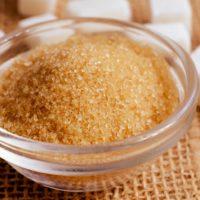
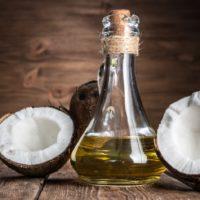
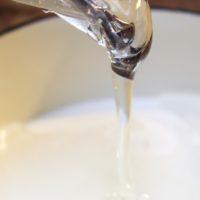
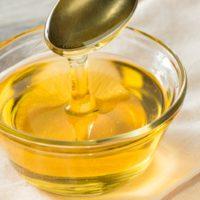

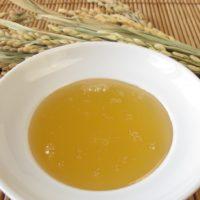

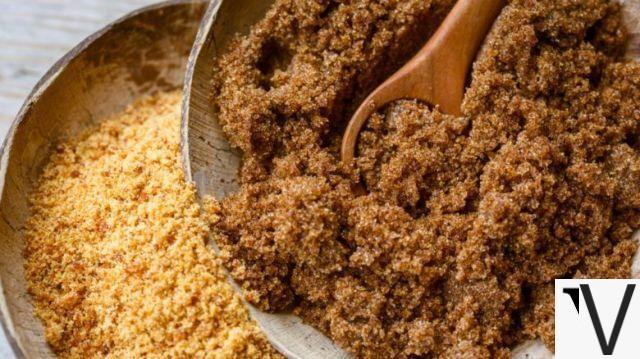
Integral of palm
It is produced using the sap of Arenga Pinnata (also known as the black fiber palm), which is first boiled and then left to crystallize. Provides sugar, very little protein, traces of fat. And minerals: in particular copper, which has an antioxidant action and is also essential to keep our immune defenses efficient. With 1 teaspoon of 5 g you take in 19,4 calories.
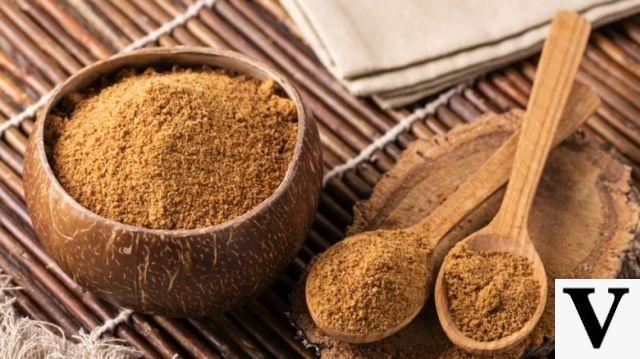
Wholemeal cane
In addition to simple sugars, it also contains molasses (the brown liquid eliminated during refining) and micronutrients in variable proportions. It can be produced with different methods, including Panela (the most traditional of all), which allows you to better safeguard the minerals and vitamins of the starting plant. At the supermarket you can find it in blocks (photo) or crumbled.
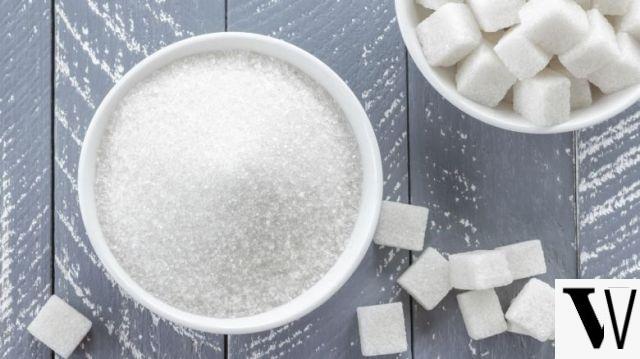
Caster sugar
It is the common refined sugar (sucrose), a disaccharide composed of glucose and fructose made from beet or sugar cane. The adjective granulated refers to the process by which grains of variable size are obtained from the block of raw sugar. It provides 392 calories per pound, or 19,6 for every teaspoon (which contains 5 grams). It has neither vitamins nor minerals, which are lost with refining. Its sweetening power is taken as a reference value to measure that of all other sugars.
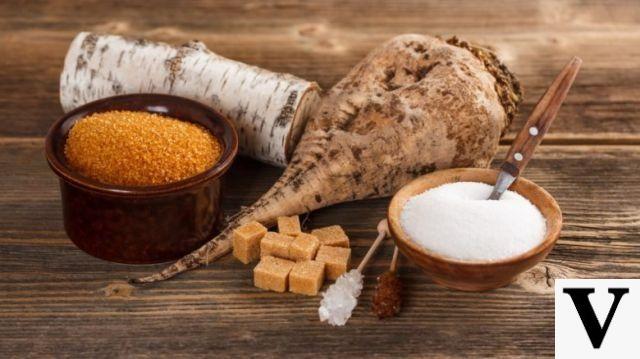
Raw beetroot
Let's start by specifying that it is not integral. Recently on the market, it is much less widespread (and known) than raw cane. It is made from 100% country beets. It provides only simple sugars, such as granulated sugar, and 19,8 calories per 5g teaspoon. Its color is soft, light beige, and the grains are quite fine. Its distinctive feature is its flavor. In fact, it preserves the aroma of the juice of the sugar beet (different from the table one).
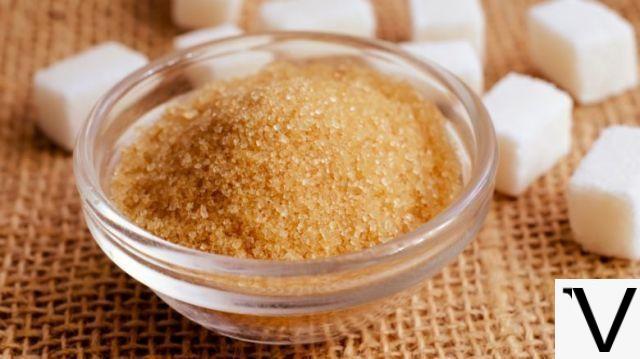
Raw cane
The word "raw" might suggest an unrefined product. But this is not the case: this sugar is subjected to industrial processes that serve to make the grains homogeneous and improve their taste. And often to lighten it (only the dark one keeps the original dark brown). The color can thus be more or less amber depending on both the presence of molasses residues, the addition of the additive E150 (ammonia caramel, which must be indicated on the label), and the variety of cane used. That Demerara is the finest and gives more brown and brilliant crystals, large and crunchy with a caramelized aftertaste. From the nutritional point of view it does not differ in the least from the granulated one.
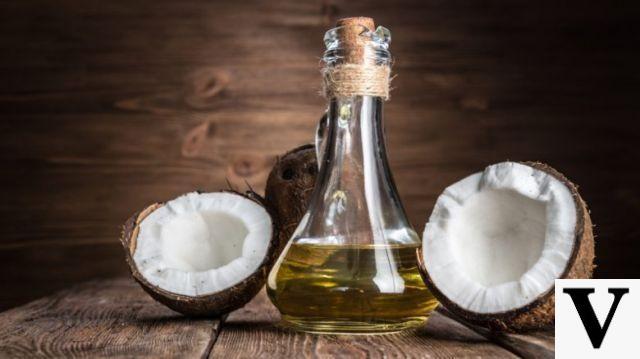
Coconut syrup
In addition to simple sugars, it contains iron, zinc, potassium, vitamins and provides 15,6 calories per teaspoon (5 grams). It is extracted from the seeds of the coconut palm and you can buy it in both liquid and solid versions. According to the FAO (Food and Agriculture Organization of the United Nations) it is the most environmentally sustainable sweetener.
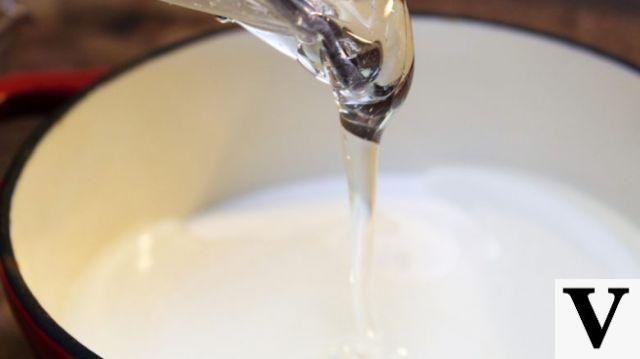
Glucose syrup
Glucose is the most common monosaccharide in nature, because it is present in vegetables and honey, but disaccharides and polysaccharides, such as starches, are also added to the syrup in variable quantities. As a sugar substitute it is one of the most used ingredients in the food industry due to its many properties: it promotes fermentation and caramelization, increases creaminess, maintains humidity, has anti-freezing properties, delays crystallization, preserves. It provides only sugar and 16 calories per 5 grams (1 teaspoon). Its sweetening power is 25% lower than that of white sugar.
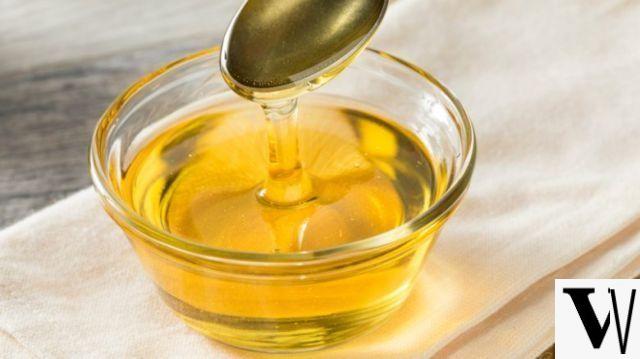
Agave syrup
The sap that flows inside the plant is extracted and transformed into a syrup with a similar color to honey, but with a more liquid consistency. It has a high concentration of fructose and a particularly sweet taste that allows you to limit the doses: the calories are about 15 for every 5 g teaspoon and the sweetening power is 30% higher than that of sugar. The best is the cold extracted organic one, which preserves a good quantity of folate and vitamin C. The latest news on the market? Agave and Stevia Syrup (7,5 calories per teaspoon).
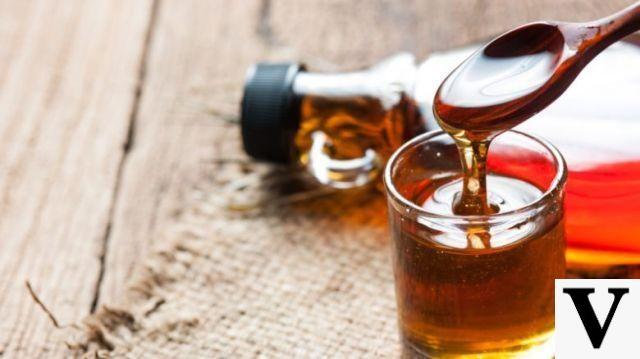
Maple syrup
It is a sweet liquid made from the sap of two varieties of Canadian maple. If you focus on organic, you are assured a product that retains most of the plant's nutrients, namely minerals such as potassium and calcium, vitamins and malic acid, with antioxidant properties. The calories are contained (13 per 1 teaspoon of 5 g) and the sweetening power is 25% higher than that of sugar.
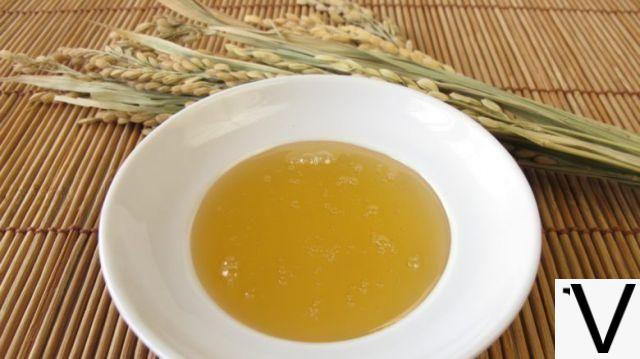
Rice syrup
It is made with rice flour and water. It provides not only simple sugars (59,3 g in a pound), but also carbohydrates (almost 20 g), a pinch of protein and fat, potassium, magnesium and sodium. 1 teaspoon of 5 g is worth 16 calories. It has a sweetening power similar to that of granulated sugar.





